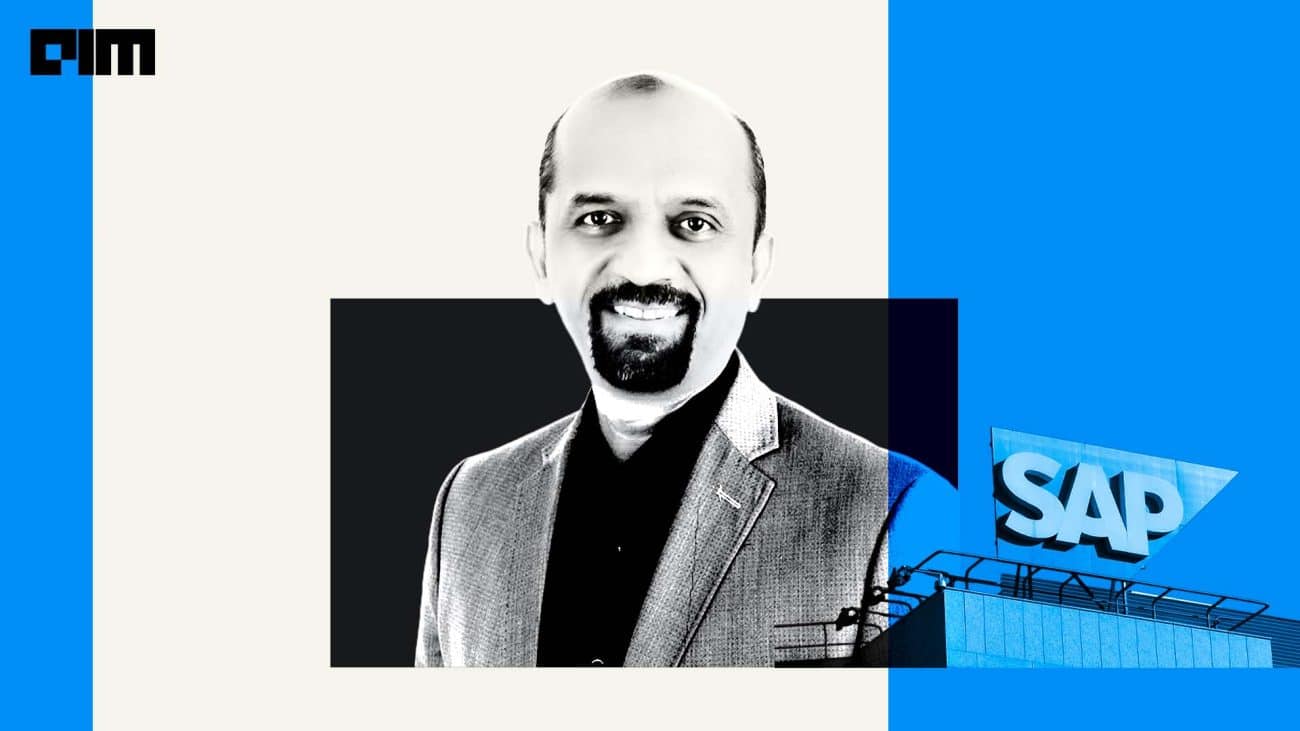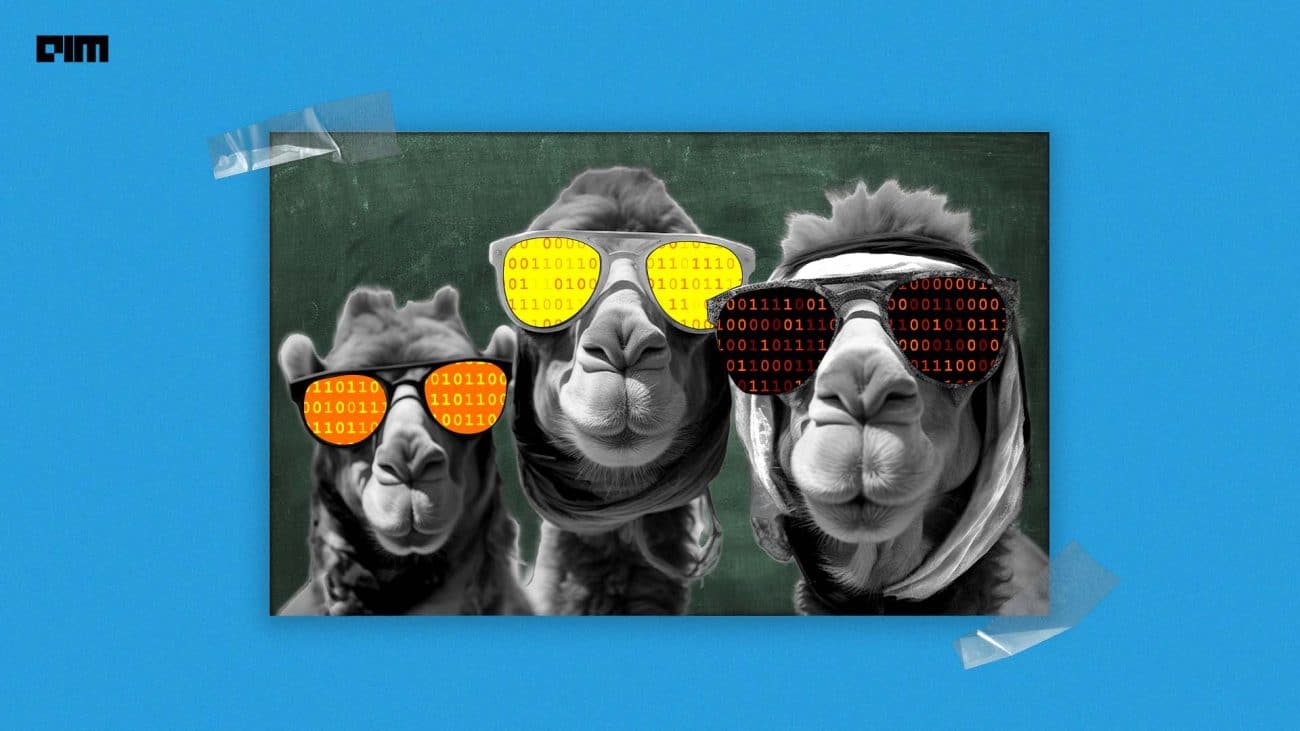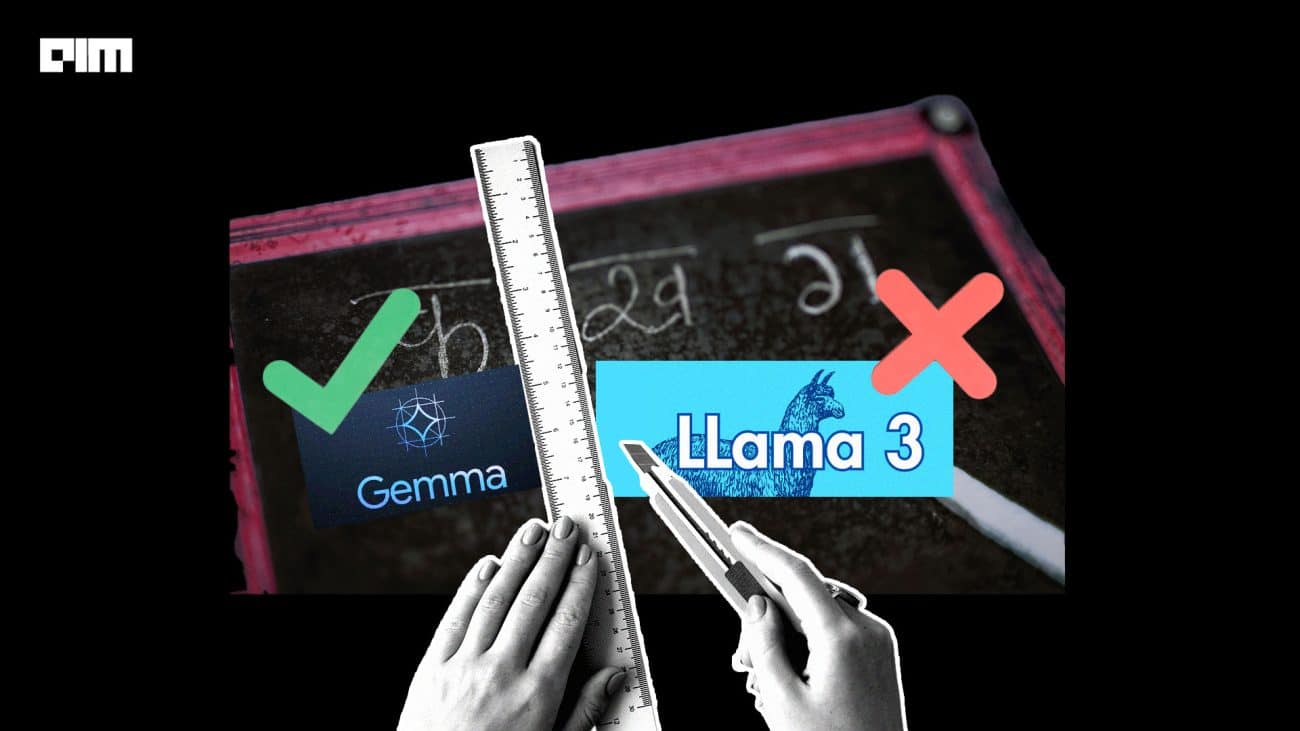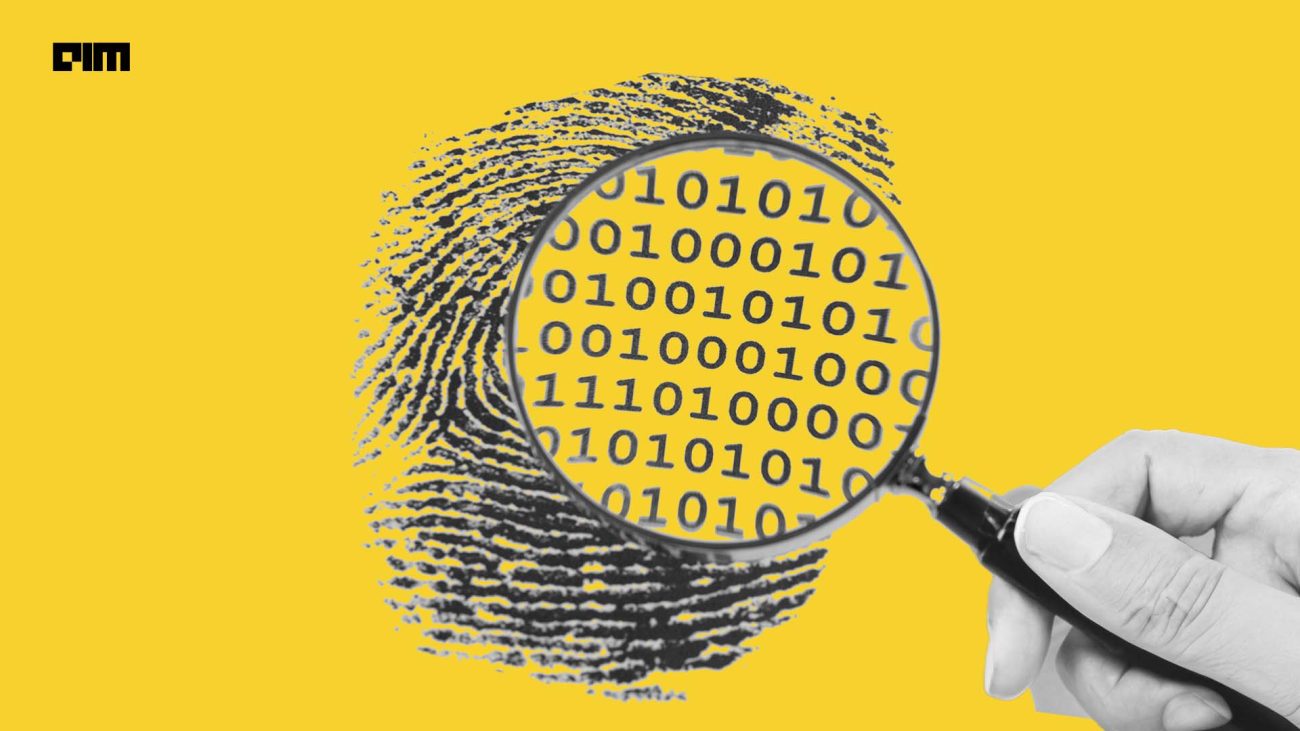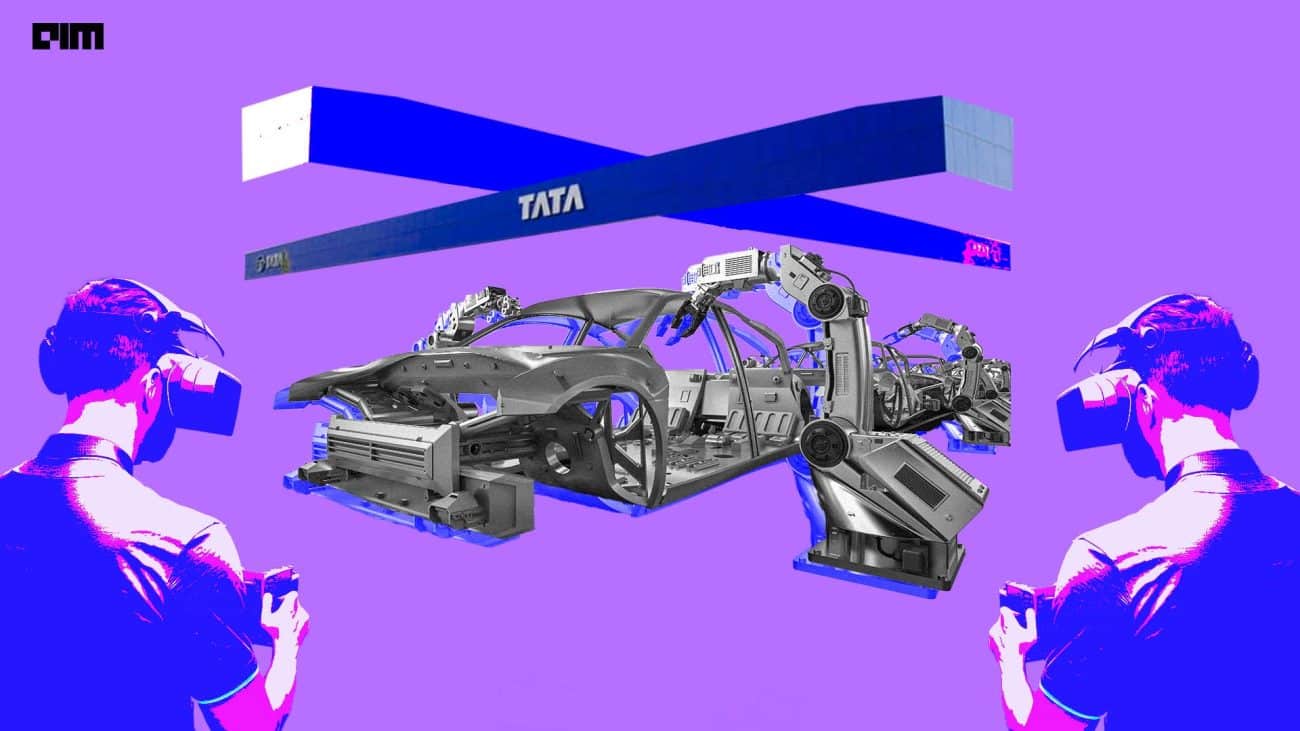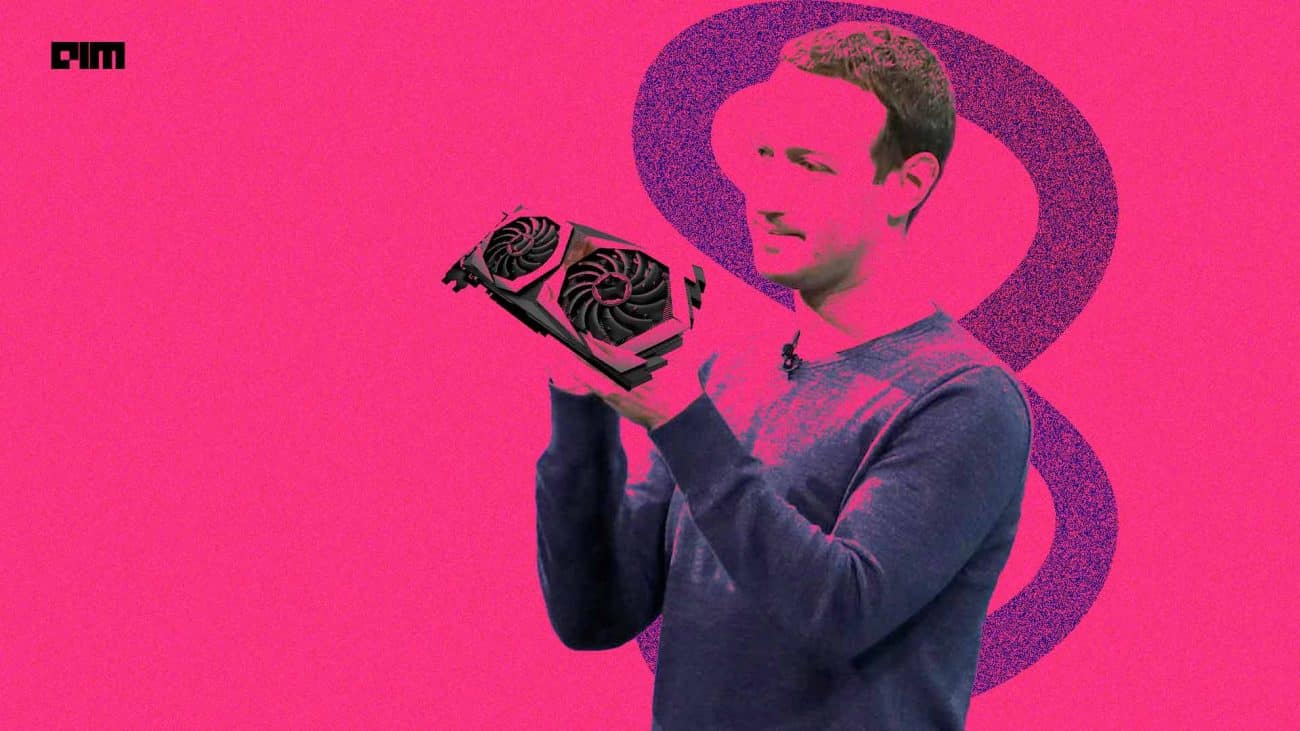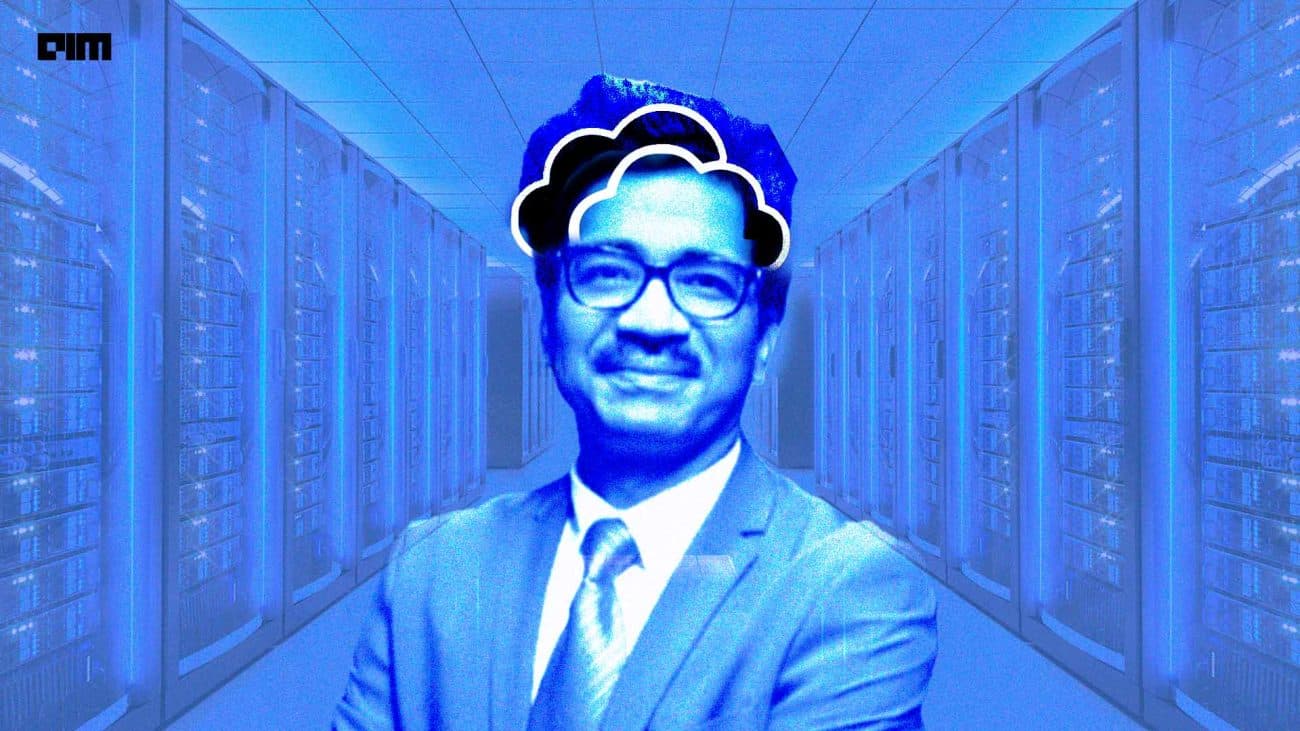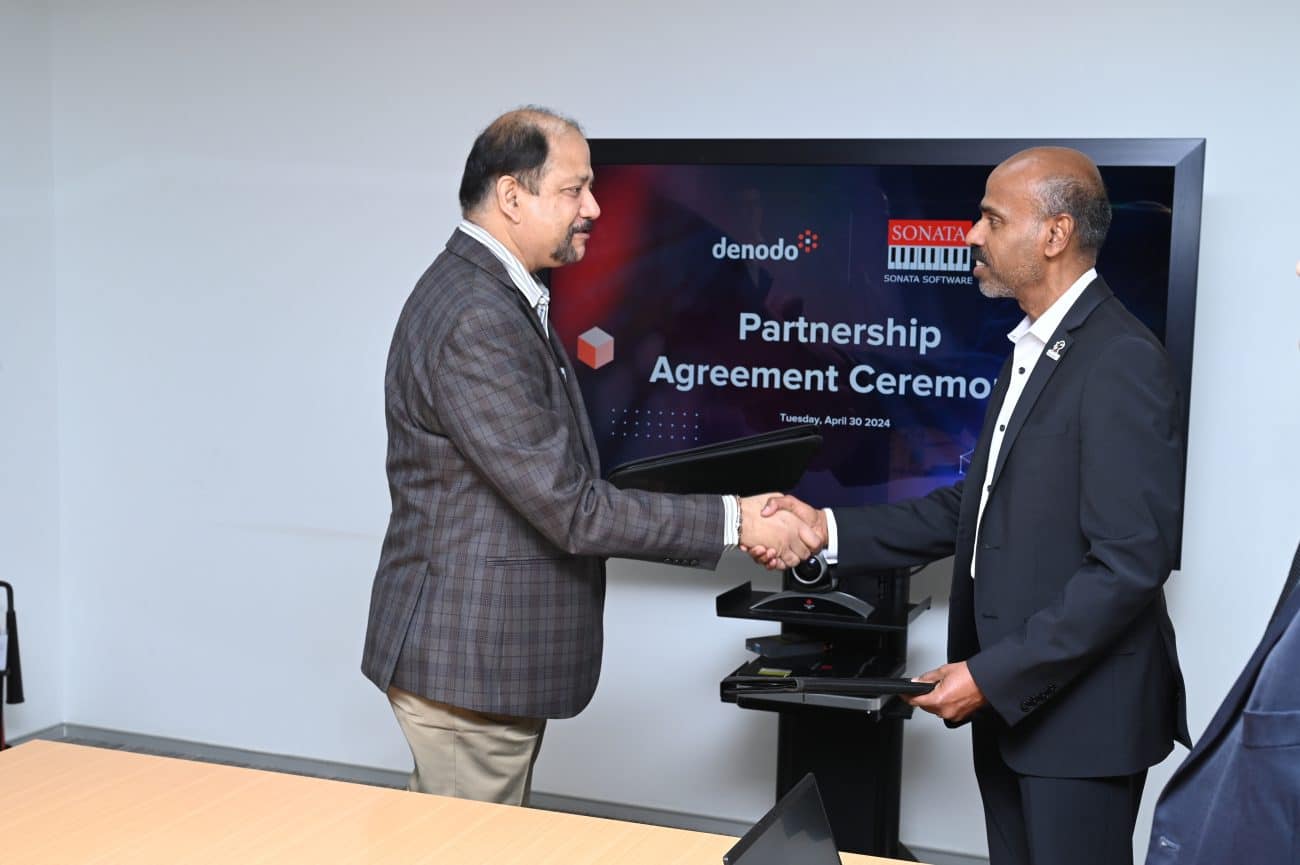|
Listen to this story
|
At AWS India Summit, held in Mumbai, last week, the cloud giant told AIM that the Indian government is working on generative AI, actively exploring the potential use cases across departments and initiatives. This will unfold in the coming months.
In February this year, nearly four months after the launch of ChatGPT, it was reported that the Ministry of Electronics and IT (MeitY) will be integrating ChatGPT with WhatsApp to help Indian farmers understand and learn about several government schemes.
In fact, Ashwini Vaishnaw, Minister for Electronics and IT, has revealed that the Indian government is already working on something similar to ChatGPT.
Large Language Models (LLMs) like GPT3.5 and GPT-4 by OpenAI, which powers ChatGPT holds immense potential for the Indian government in multiple areas, including the delivery of government schemes and services, as well as administration purposes. By leveraging generative AI, the government can automate and enhance the process of providing essential schemes and services to citizens.
The technology can assist in streamlining administrative tasks, improving efficiency, and reducing manual effort. With LLMs, the government can develop intelligent systems that can understand user queries, provide accurate information, and even generate personalised responses.
ChatGPT in Indic Languages
However, one of the challenges of using LLMs is that these models are trained on a vast amount of English data, and perform poorly when prompted in non-English languages. This is where Bhasini comes in, an initiative to create large datasets for Indic Languages.
Bhasini, which is an initiative of AI4Bharat and IIT Madras, was announced by Prime Minister Narendra Modi while inaugurating the Digital India Week 2022 event in Gandhinagar. The IndicTrans translation model by Bhasini is already being used for translation for other initiatives such as KissanAI (renamed from KissanGPT).
“As part of Bhashini, we are developing the platform to enable all the things to enrich the Indic language AI models for various tasks like Translation, Speech to Text, Text to Speech, Image to Text etc. All government reports/materials/communications can be generated in all the official languages. The core idea is to stop language being a barrier for any industry,” Aravinth Bheemaraj, engineering leader, Tarento, told AIM.
JugalBandi, a multilingual AI chatbot
Further, at this year’s Microsoft Build Conference held in Seattle, Microsoft showcased how a Generative AI-driven multilingual chatbot developed in India is already used by citizens in rural areas to access government services.
Called Jugalbandi, the chatbot can comprehend inquiries in various languages, whether they are spoken or typed. The system retrieves pertinent programme details, typically documented in English, and delivers them in the native language of the user.
Abhigyan Raman, a project officer at AI4Bharat said that the chatbot, which is powered by GPT models, understands the user’s exact problem in their languages and then tries to deliver the right information reliably and cheaply, even if that exists in some other language in a database somewhere.
Currently, the chatbot, which can also be accessed through WhatsApp, is available in 10 of the 22 official languages and 171 of a total of approximately 20,000 government programmes.
According to Microsoft, Vandna, an 18-year-old resident of Biwan, Haryana had the opportunity to test the chatbot. In early April, when Jugalbandi was introduced to the people in her village by community volunteers, Vandna decided to interact with the chatbot. She typed her question in Hindi, asking, “What scholarships are available for me?” Along with her question, she mentioned her field of study, which includes Political Science, Hindi, and History.
The chatbot responded by providing a comprehensive list of central and state government programmes that offer scholarships. Vandna selected one of the options and inquired about the eligibility criteria. Jugalbandi promptly provided her with the necessary information and also informed her about the supporting documents required for the application process.
While Jugalbandi, merely offers us a glimpse of the immense potential of LLMs, in the upcoming months or years, as the technology continues to mature, LLMs could become ubiquitous. They could power various government chatbots such as MyGov Helpdesk, Umang Chatbot, DigitBot, CoWin Chatbot, and AskDISHA, enabling seamless and intelligent interactions between citizens and government services. Moreover, LLMs would assist government servants in performing administrative tasks with greater efficiency, transforming the way bureaucratic work is undertaken.





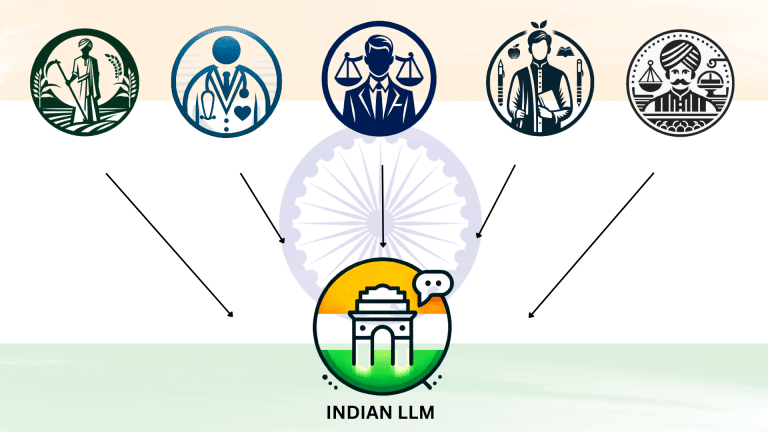
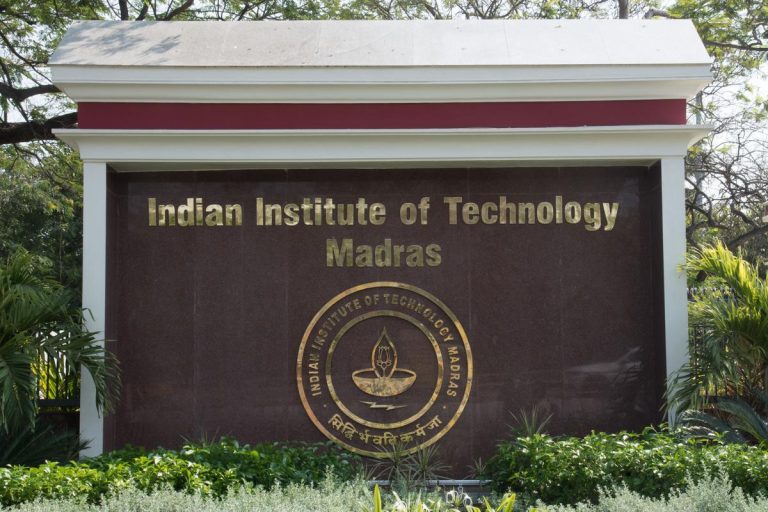
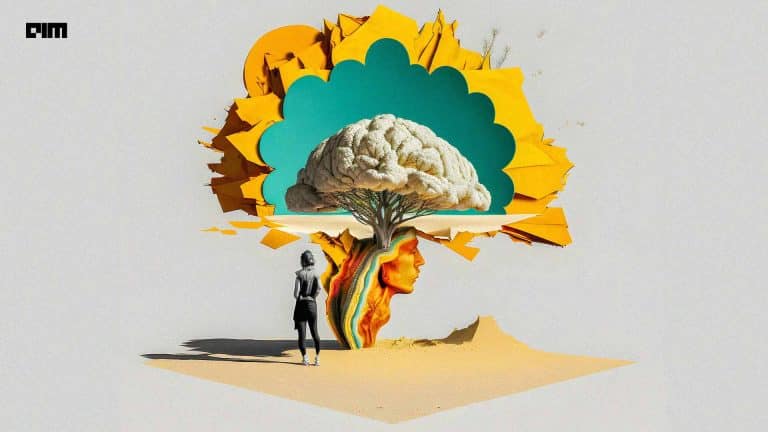


![[Exclusive] How NASSCOM is Enabling BharatGPT Adoption in India](https://analyticsindiamag.com/wp-content/uploads/2024/02/How-NASSCOM-is-helping-BharatGPT-Adoption-in-India--768x432.jpg)









